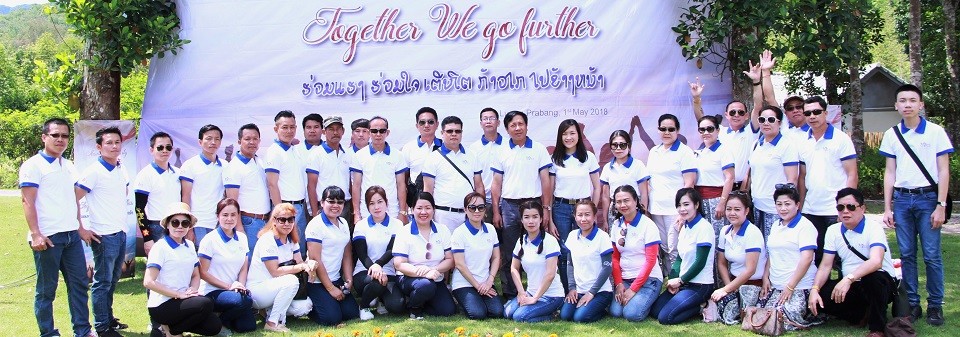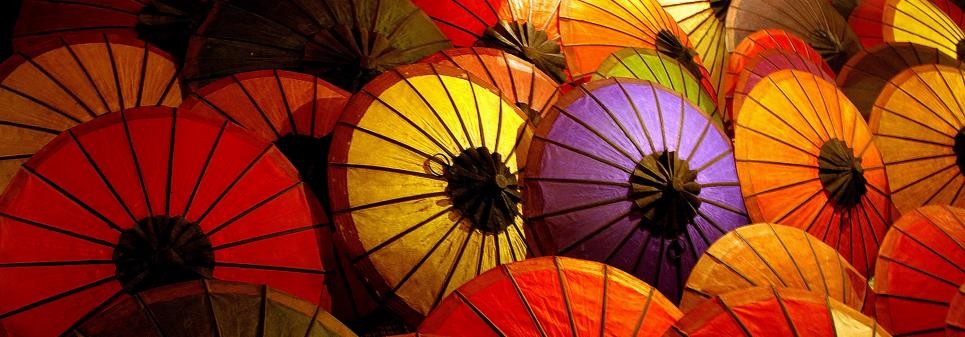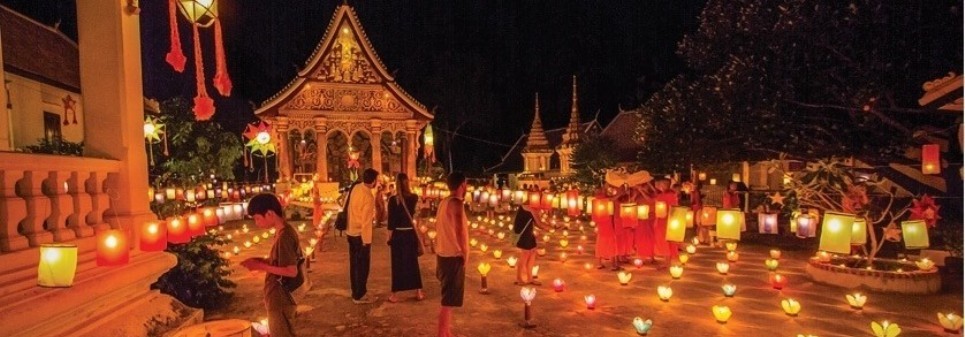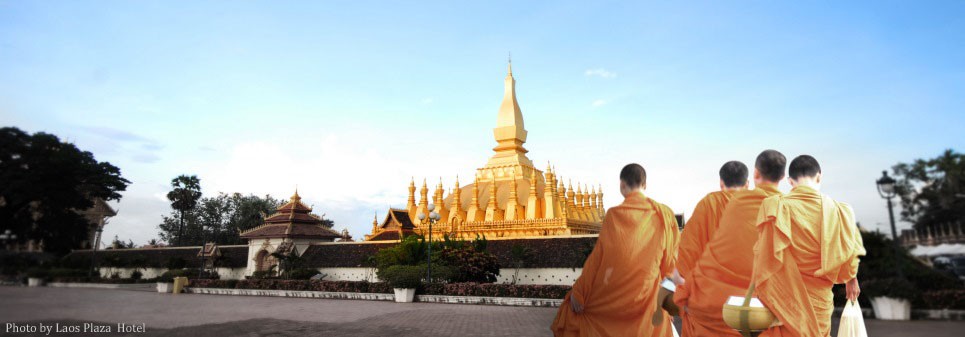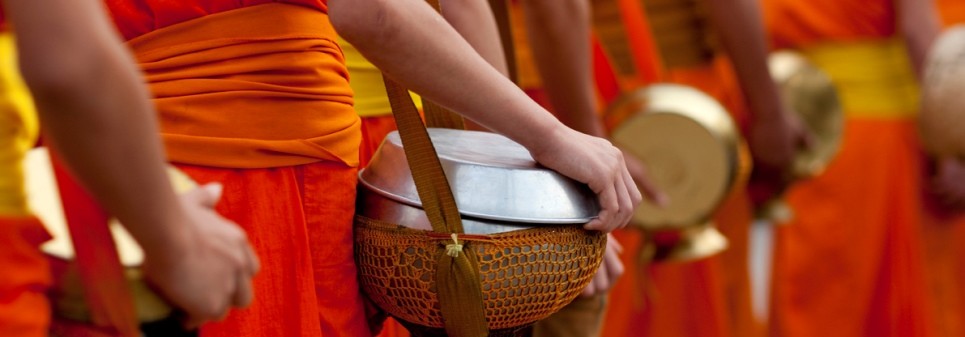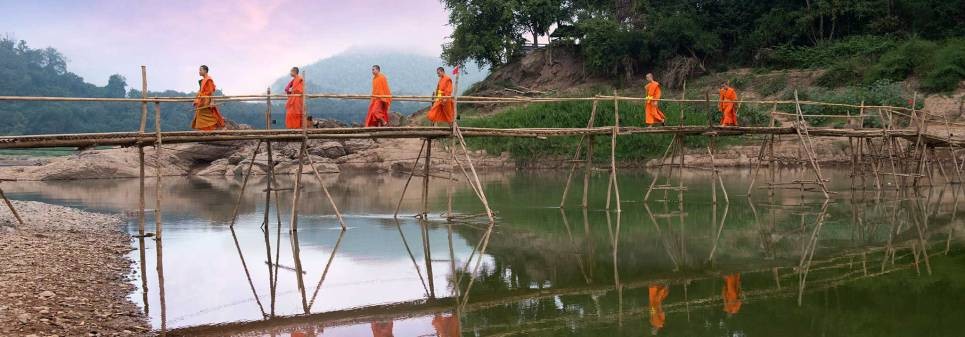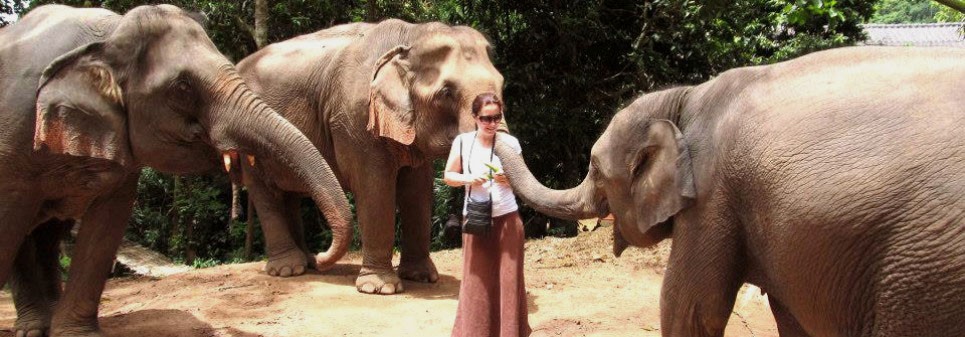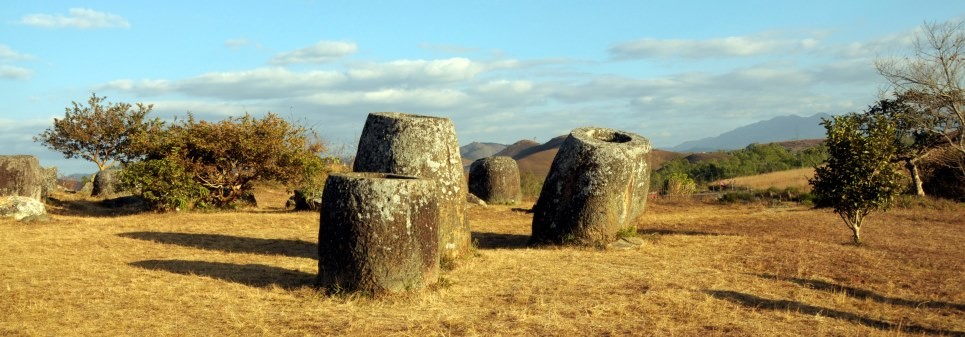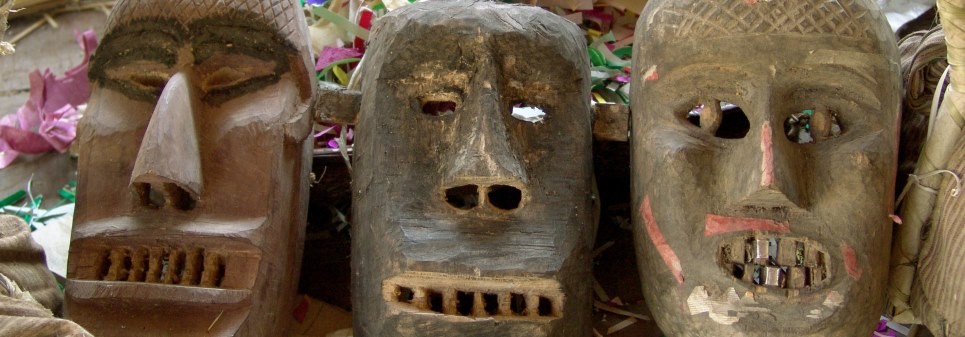Located: in the northern part of Laos (Northern Provinces)
Total area: 16,500 square kilometers
Population: 317,946
08 Districts: Xam Neua, Xiengkhor, Viengthong, Vieng Xay, Huameuang, Xam Tai, Sopbao & Add
Capital of the province: Xam Neua
Houaphanh is enclosed by Vietnam to the north, south-east, Xieng Khouang to the south-west and Luang Prabang to the west. A mountainous province in the northeastern Laos. While in the past it was difficult to navigate the province’s dramatic terrain, road upgrades now make travel easier and more enjoyable. Scenery along the roads into Houaphanh is stunning and you may even witness the Houaphanh Province is the birthplace of the Lao People’s Democratic Republic. As yet, it is one of the least visited provinces in the country and offers an authentic and varied experience for visitors. Enjoy a pristine natural environment of mountains, rivers, waterfalls and forests, visit the caves at Vieng Xay for a unique insight into the history of the country, and discover the mysterious standing stones of Hintang Archaeological Park which date back more than 2000 year.
Houaphanh has many unique and beautiful natural attractions. The provincial capital, Xam Neua, is a quiet and rustic city on the Xam River. Here you will enjoy markets trading produce from China and Vietnam and a variety of handicrafts produce by the Hmong, Tai Dam, Tai Daeng and Tai Lue ethnic groups. Also of interest in Xam Neua is Wat Phoxainaram, home to an impressive bronze Buddha possibly dating back to 1565 and an interesting serries of murals depicting the life of Buddha and scenes from Lao History.

Vieng Xay, located northeast of the capital, boasts over 100 limestone caves, 10 of which have immense national and historical significance as the hidden headquarters of the Neo Lao Hak Sad from 1961-1975. In the southeast of Houaphanh is the Nam Xam National Protected Area (NPA). which is thought to provide habitat for wild elephant, various gibbons, gaur, banteng, tiger, clouded leopard, Asiatic black bear and Malayan sun bear. South of Xam Neua located Tat Saloei, a beautiful waterfall best viewed after the raiy season. Nam Et-Phou Loei is the largest NPA in Laos situated in the northwest of Houaphanh. It is best known for harboring one of the most important tiger populations remaining in indochina. Its outstanding biodiversity includes over 30 species of large mammals and 300 species of birds.
Not as well known, but equally as mysterious as the Plain of Jars are the ancient pillars known as Hin Tang, a collection of upright, rough stones about 2m high, some of which have tunnel-like caverns beneath them. Archaeological investigations suggest that the site is associated with funerary practices however visitors to the ancient pillars are welcome to guess why this ancient site was built. Sao Hin Tang will be nominated as a World Heritage Site.
The best Tai Daeng woven textiles are produced in Houaphanh, At local markets you will find an interestig variety of cutlery, jewellery and other items fashioned from Cluster Bomb Units and war scrap that remains scattered throughout the countryside. Houaphanh Province boasts the usual variety of Lao noodles, fragrant sticky rice and local dishes. The most notable are a vegetable salad flavored with sesame called “soup phak” and chili paste known as “jaeow pa baum”.
Source: www.tourismlaos.org
Other provinces, see more at:
Oudomxay>>
Bokeo>>








